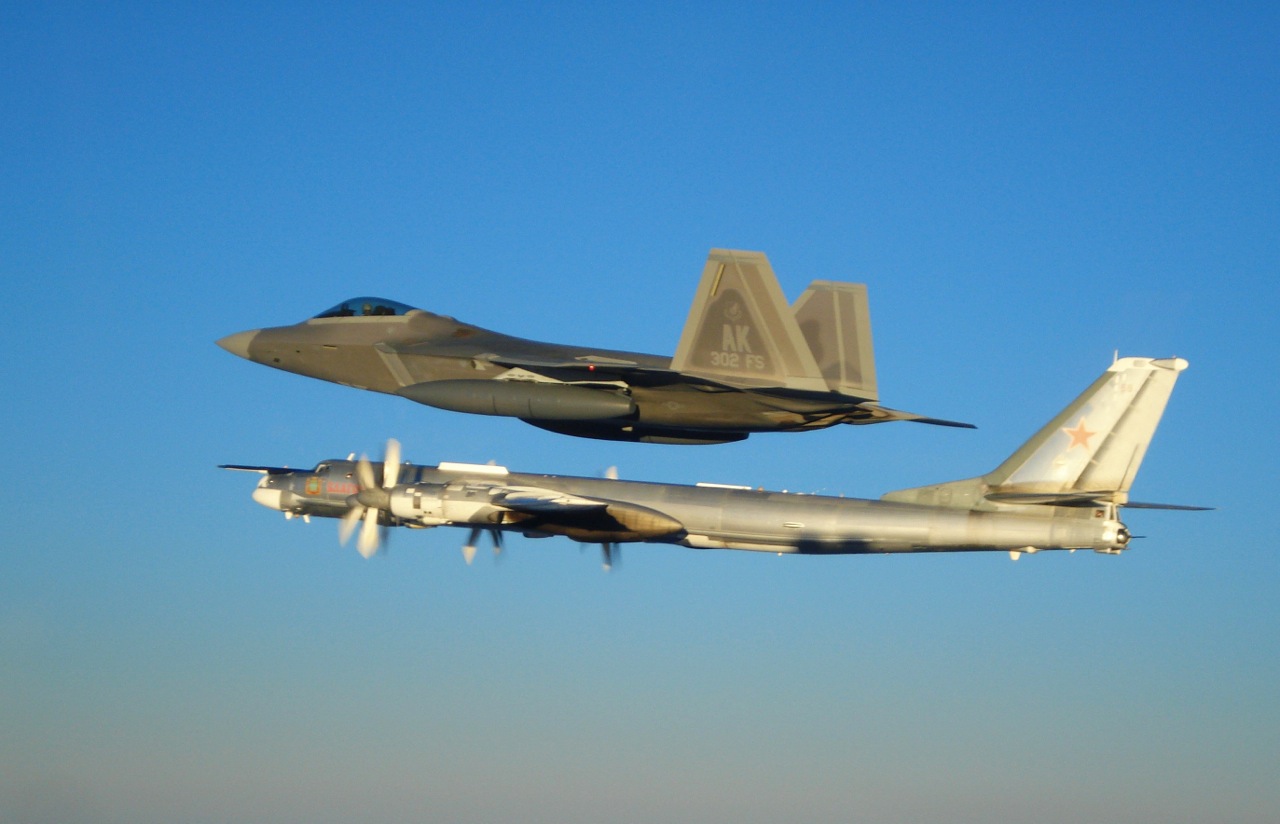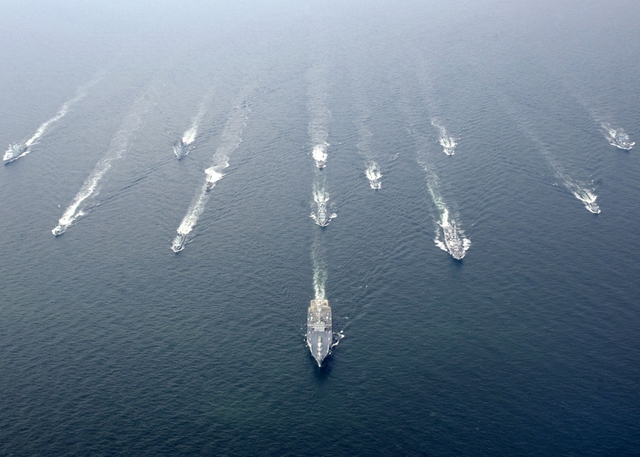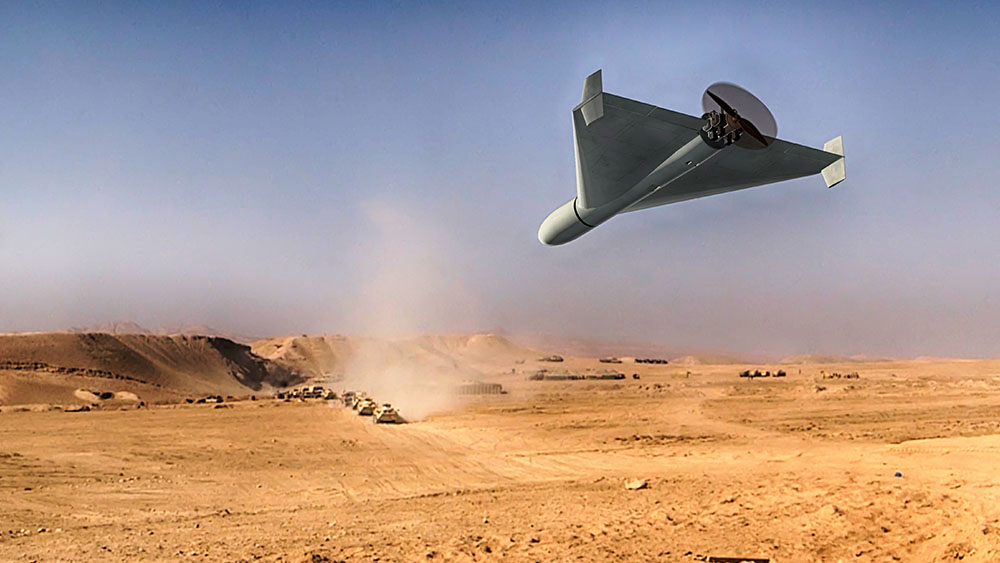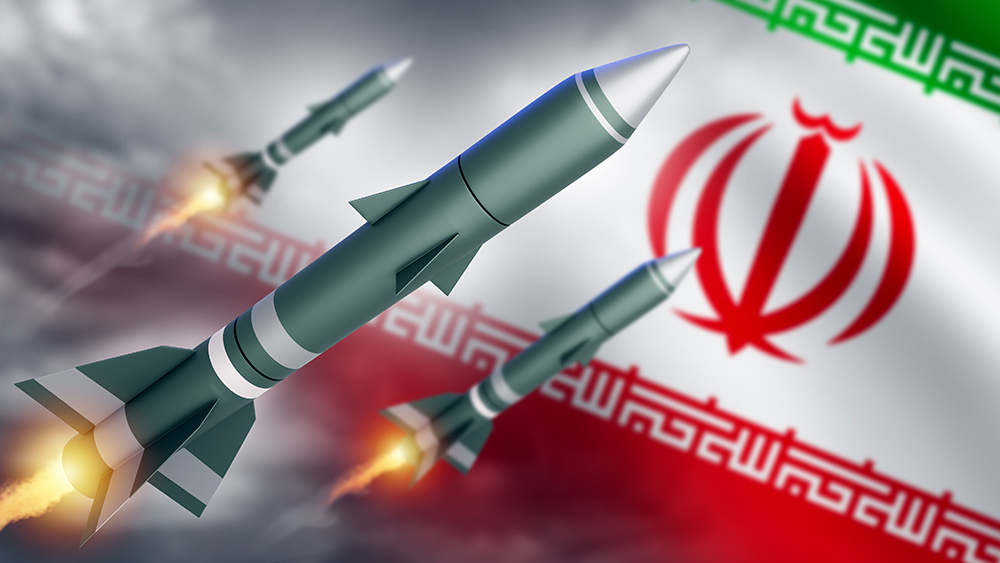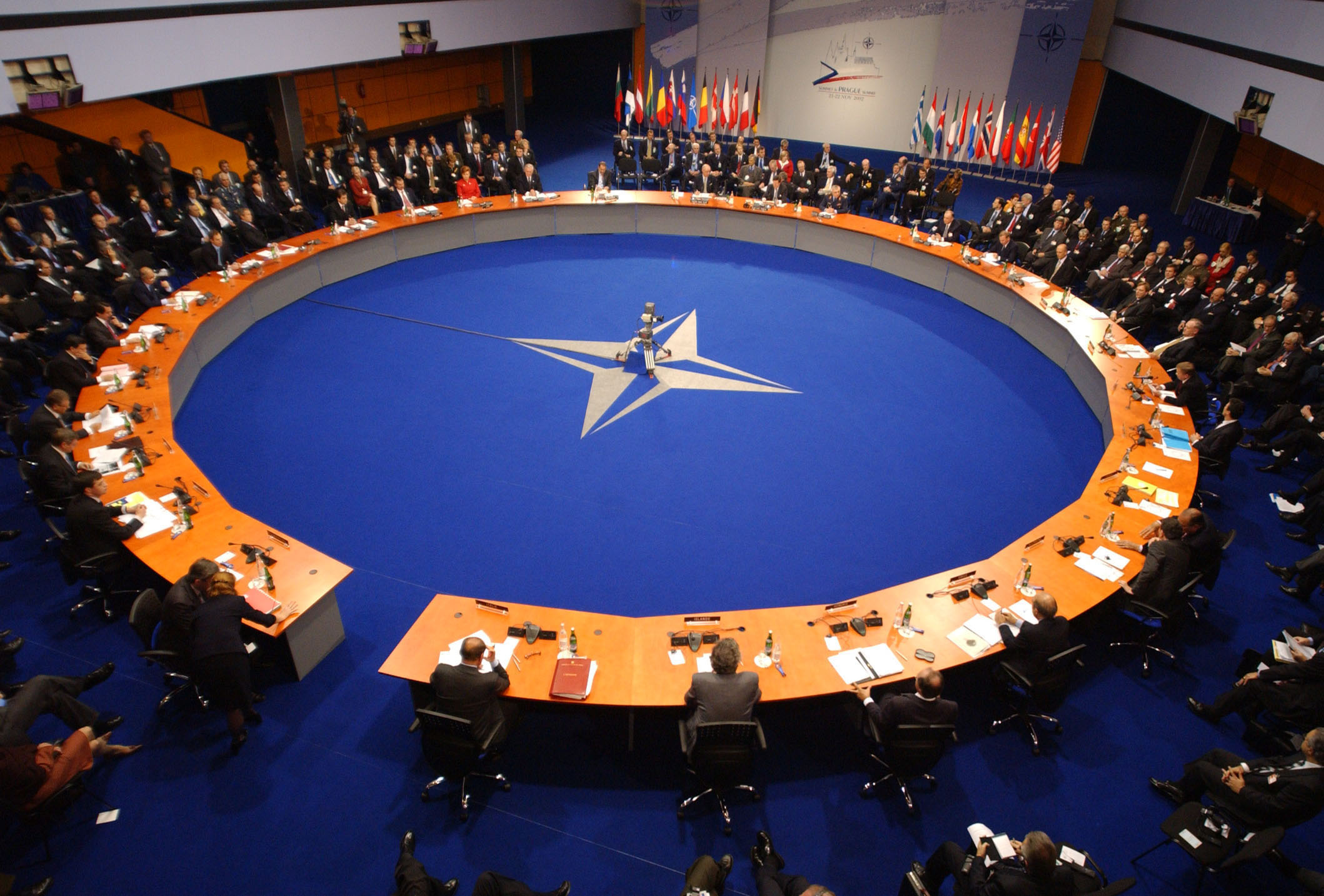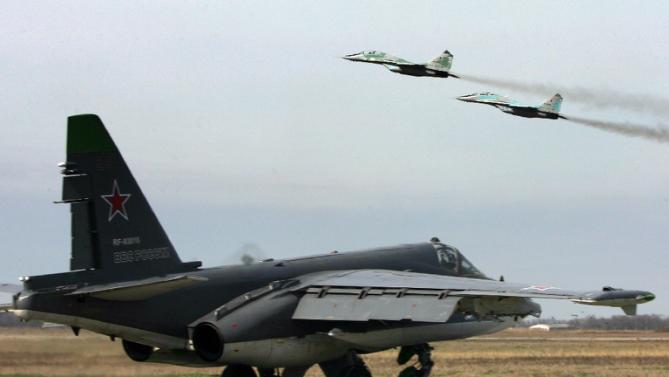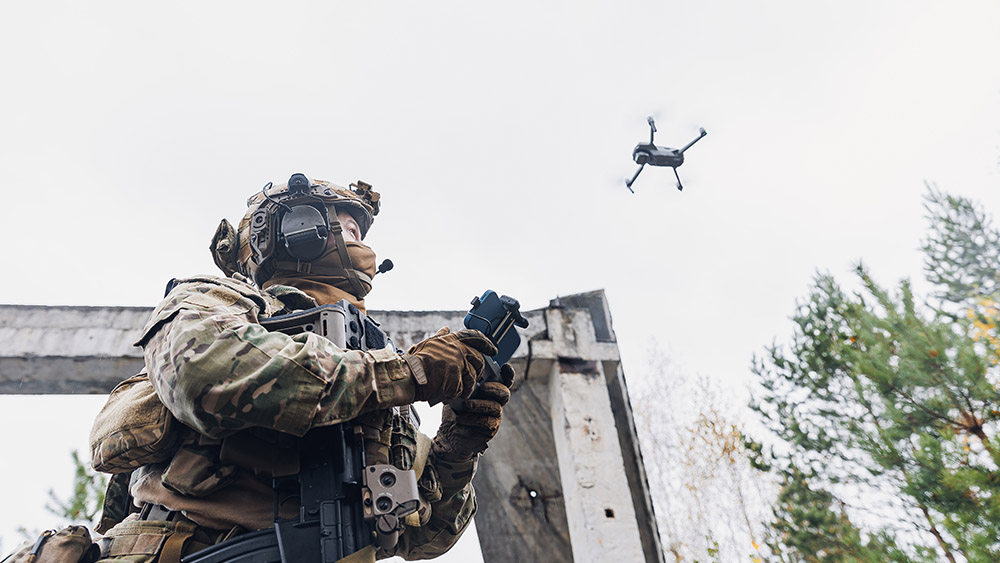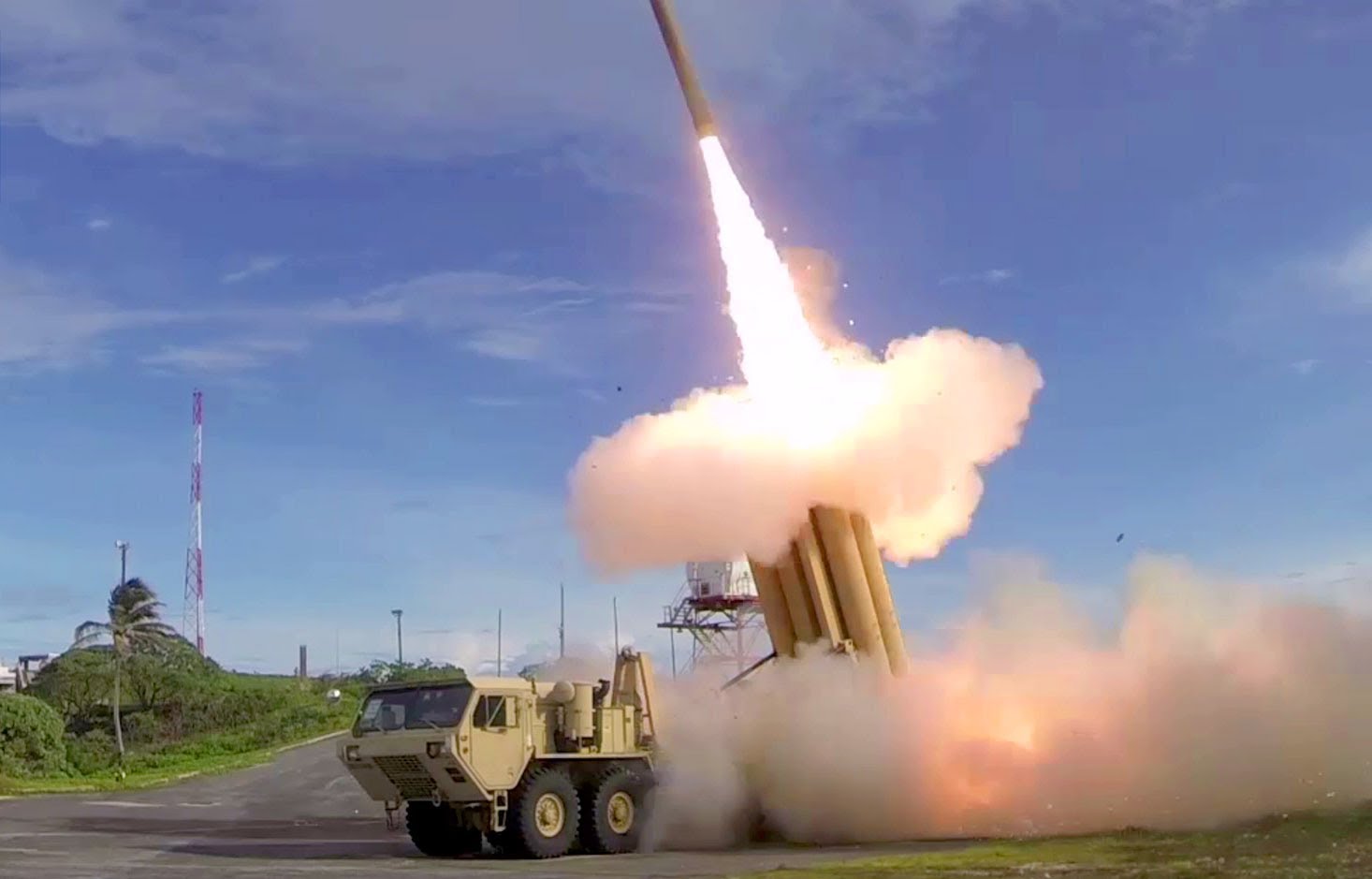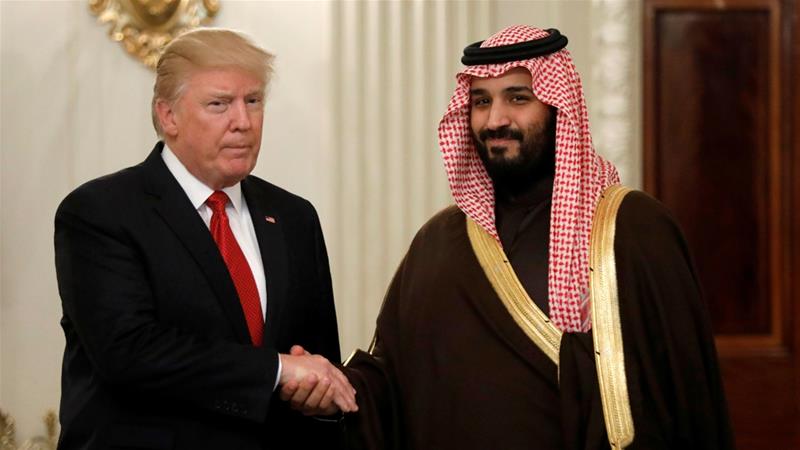Why this week’s Alaskan airspace incursion matters
09/26/2025 / By Willow Tohi
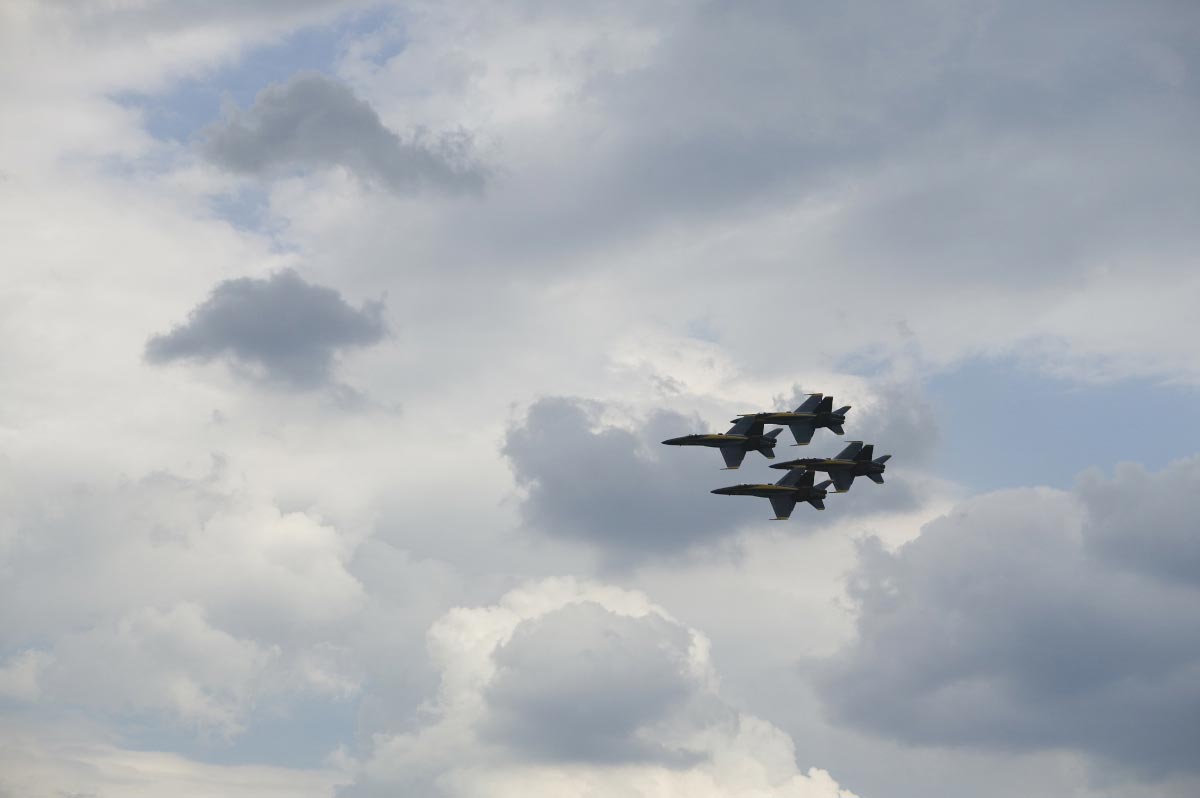
- NORAD scrambled fighter jets in response to four Russian warplanes near Alaska.
- The incident occurred on September 24, 2025, involving two Tu-95 bombers and two Su-35 fighters.
- Russian bombers and fighter jets have increasingly entered the Alaskan ADIZ, with the most recent surge in frequency coinciding with the ongoing conflict in Ukraine.
- NORAD employs a layered defense network to monitor and respond to such incidents.
- The Russian aircraft remained in international airspace without violating U.S. or Canadian sovereign territory.
On September 24, an escalating militarization of the strategic Alaskan air corridor forced the North American Aerospace Defense Command (NORAD) to scramble fighter jets in response to four Russian warplanes near Alaska. The episode, which involved two Tu-95 long-range strategic bombers and two Su-35 fighters, marked yet another in a series of increasingly frequent Russian military incursions into the Alaskan Air Defense Identification Zone (ADIZ). The strategic significance of the region, alongside growing tensions between the West and Russia, makes this development a critical issue in contemporary national security.
Growing tensions and the routine of escalation
The recent incident underscores the consistent pattern of Russian aerial intrusions into international airspace near Alaska. These incursions are not entirely unprecedented, but they have become more frequent in recent years, aligning with the broader escalation of geopolitical tensions, particularly due to the ongoing conflict in Ukraine. Historically, military posturing through airspace incursions has been a hallmark of Cold War scenarios; however, the frequency and persistence of these operations highlight the evolving threat landscape. The intersection of international airspace with Canadian and U.S. sovereign airspace poses a dual challenge: maintaining national security without provoking escalation.
Routine incursions and escalating frequency
- August 2025: Three similar incidents within seven days.
- Year-to-date: Six separate incursions.
- 2024: Over a dozen interventions.
- 2023: Dozens of intercepts required.
A question of safety and professionalism
General Gregory Guillot, addressing a previous incident, starkly described Russian military conduct as “unsafe, unprofessional and endangering all.” In September 2024, NORAD released footage showing a Russian Su-35 flying within feet of U.S. military planes, illustrating the volatile nature of these confrontations. The close encounters continue to raise concerns about potential miscalculations or accidents, with a risk of heightened military conflicts. Moreover, incidents such as these not only jeopardize the safety of aircrews but also strain the limited resources allocated to such operations, diminishing the capacity to handle other critical events.
NORAD’s layered defense: Responding to a fluid threat
The North American Aerospace Defense Command utilizes a sophisticated network of satellites, ground-based radars and fighter aircraft to detect, track and respond to aerial incursions into international airspace. This layered defense system allows for a measured response, ensuring an appropriate intercept while maintaining situational awareness. While Russian aircraft have frequently remained within international airspace, the operational readiness maintained by NORAD serves as a crucial reassurance to allied nations and a deterrent to further provocations. Additionally, NORAD collaborates closely with partner agencies and international allies to coordinate responses and enhance defensive capabilities, ensuring a synchronized and effective reaction to any breaches.
A perpetual state of surveillance
The recent surge in Russian military operations near Alaska mirrors broader geopolitical tensions, particularly as the war in Ukraine continues. The growth in intercepts underlines the need for consistent vigilance and clear communication between military leaders. As history has shown, the path from surveillance to escalation can be perilously narrow. NORAD’s strategic response to these incursions serves not only to protect North American airspace but also to reaffirm the alliance’s resolve in the face of global insecurity. For now, these incidents serve as a reminder of the enduring challenges in maintaining national and regional security in an increasingly unstable global order. Furthermore, the ongoing scrutiny of these operations underscores the necessity for robust diplomatic channels and the constant refinement of defense protocols to mitigate risks and prevent accidental conflicts.
Sources for this article include:
Submit a correction >>
Tagged Under:
ADIZ, big government, chaos, geopolitical tensions, military tech, national security, NORAD, posturing, Russia, terrorism, Tyranny, Ukraine, WWIII
This article may contain statements that reflect the opinion of the author
RECENT NEWS & ARTICLES
COPYRIGHT © 2018 MILITARYTECHNOLOGY.NEWS
All content posted on this site is protected under Free Speech. MilitaryTechnology.news is not responsible for content written by contributing authors. The information on this site is provided for educational and entertainment purposes only. It is not intended as a substitute for professional advice of any kind. MilitaryTechnology.news assumes no responsibility for the use or misuse of this material. All trademarks, registered trademarks and service marks mentioned on this site are the property of their respective owners.




